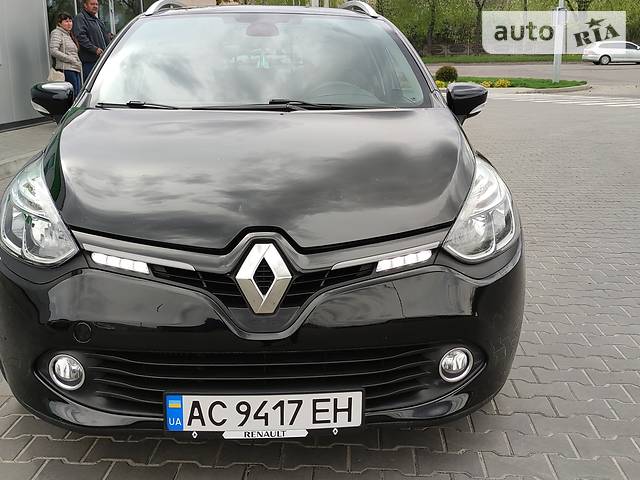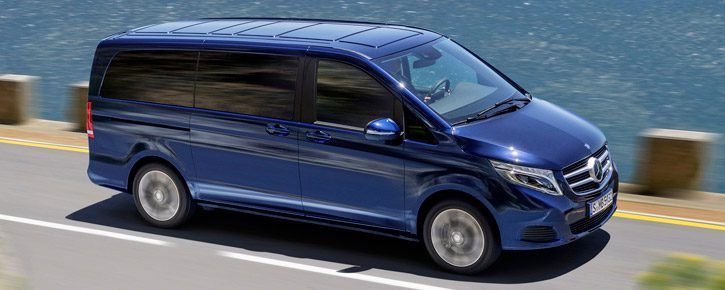
Mercedes-Benz Vito and Vitoria. The history of the van and its factory
Content
Vitoria in the Spanish Basque Country is the oldest van factory in Europe, founded in 1954. It has been producing trucks for almost 70 years. Today it is one of the most modern production sites.
Europeans Mercedes-Benz, with a high level of process automation
production and modern logistics center: necessary as it supplies almost everything
world markets.
Right here in northern Spain, less parking from Bilbao, more than 25
years ago, after the decommissioning of the MB100, production of the Vito began, and with
This is a new era for the light commercial vehicles of the House of Stuttgart. The city of Vitoria, with its long traditions, is inextricably linked with Medium van Mercedes-Benz, starting with the name of the same name, "Vito", chosen in order to always remember its origin.
- The MB100
- Three generations of Vito
- The last restyling and the birth of an electric car
- Factory numbers
- Technology
- Quality
In the beginning it was MB100
The story begins in 1954 when the creation Vitoria was open to
producing the F 89 L from Auto Union, in 55 he also began to produce cars for this brand.
DKW. Then Mercedes-Benz AG with the acquisition Auto Union, got control
the factory until it became fully owned in 81.
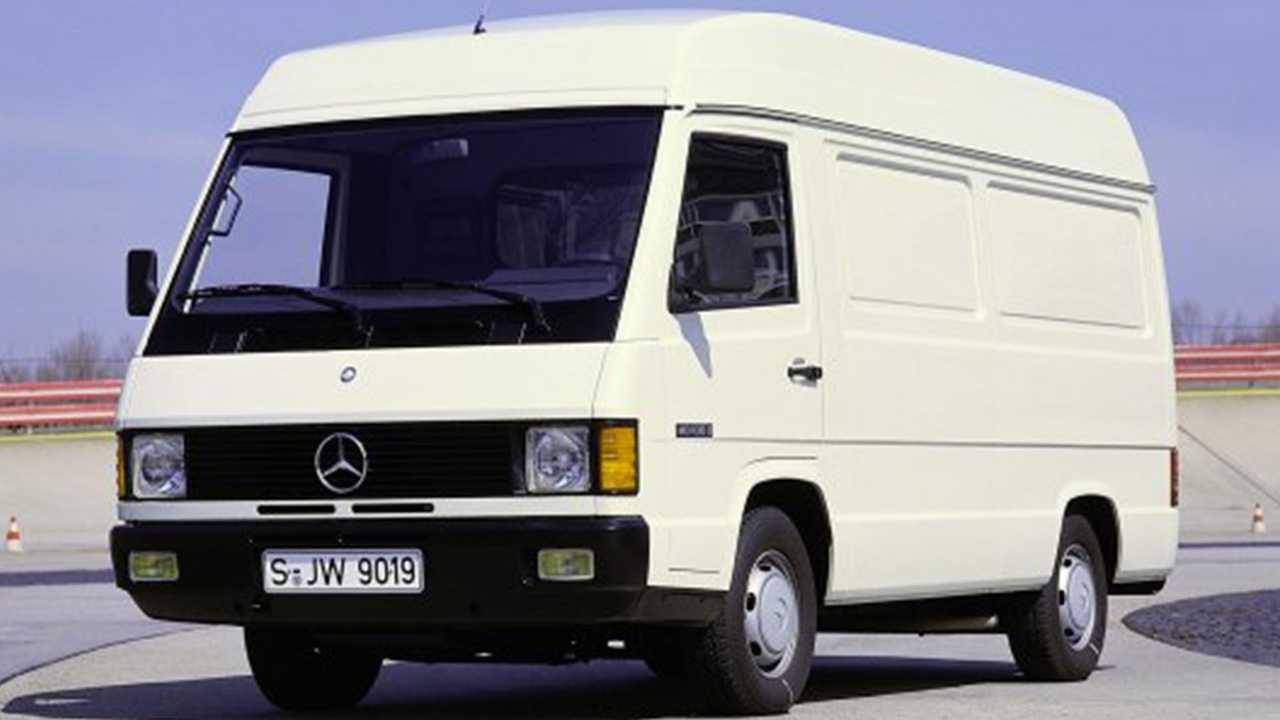
Between 1981 and 1995, the House of the Star produced the MB 100 here, the brand's first compact van (which also gave rise to prototypes for electric and fuel cells). The MB 100 is the direct predecessor of the Vito and therefore the Viano and V-Class.
Three generations of Vito
In 1996, Mercedes-Benz launched the first generation Vito, but sales declined.
minivan named Class V... New model based on frame
a front-wheel drive van was rather unusual at the time
for the German house.
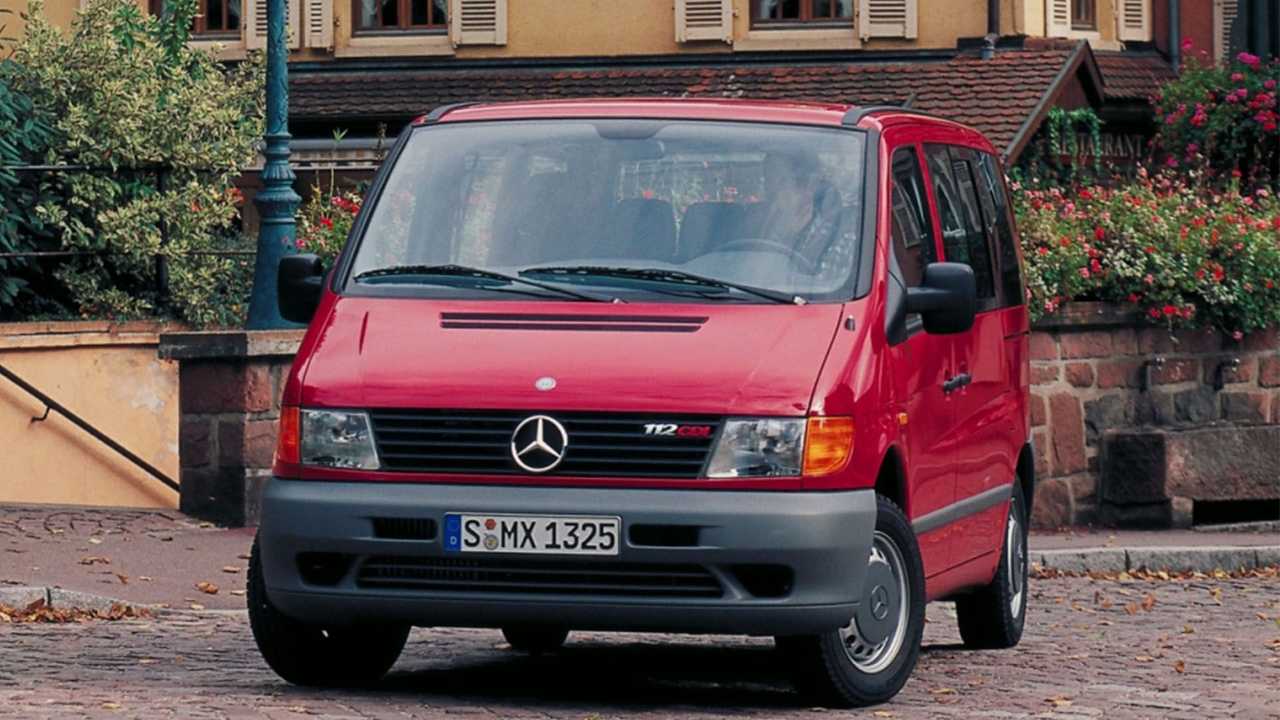
La second generation The Vito version appeared in 2003 (this time the version of the large minivan was named Viano), and the third was introduced in 2014 along with the passenger version of the V-class.

Each generation of Vito not only required changes in production, but also brought investment to the plant. The last modernization was carried out between 2014 and 2016, and first of all it concerned the flexibility of the production facility, which now allows the creation of a large production hall. assortment of models with traditional traction, but also with an electric drive.
Restyling Vito 2020
Currently in Vitoria, most of the production is determined by Vito, that is
it was extensively renovated in 2020. Among the highlights of the restyling: the electric option.
eVito Tourer, new systems infotainment system and assistance, updated design.
In addition to the Vito, V-Class and eVito, it will roll off the assembly lines in Vitoria from 2020.
also the EQV, Mercedes-Benz's first all-electric premium minivan.
Factory Vitoria today
And so now the Mercedes-Benz plant in Vitoria turned into
about 4.900 employees with advanced training
new generation of cars and Mercedes-Benz production system.

The production buildings cover a total area of 370.000 square meters (equivalent to about 50 football pitches), and the factory premises as a whole cover an area
642.295 square meters. About every year from the lines 80 thousand carsand since 1995 the plant has produced more than two million vans.
German accuracy, 96% automation
To understand what is happening in such a modern factory and how to make cars from
such a high quality, you need to go into detail. Among the most exciting processes are
refer to the body. WITH new vitoFor the plant, the biggest technological leap was precisely the intelligent production of a housing of about 500 parts.
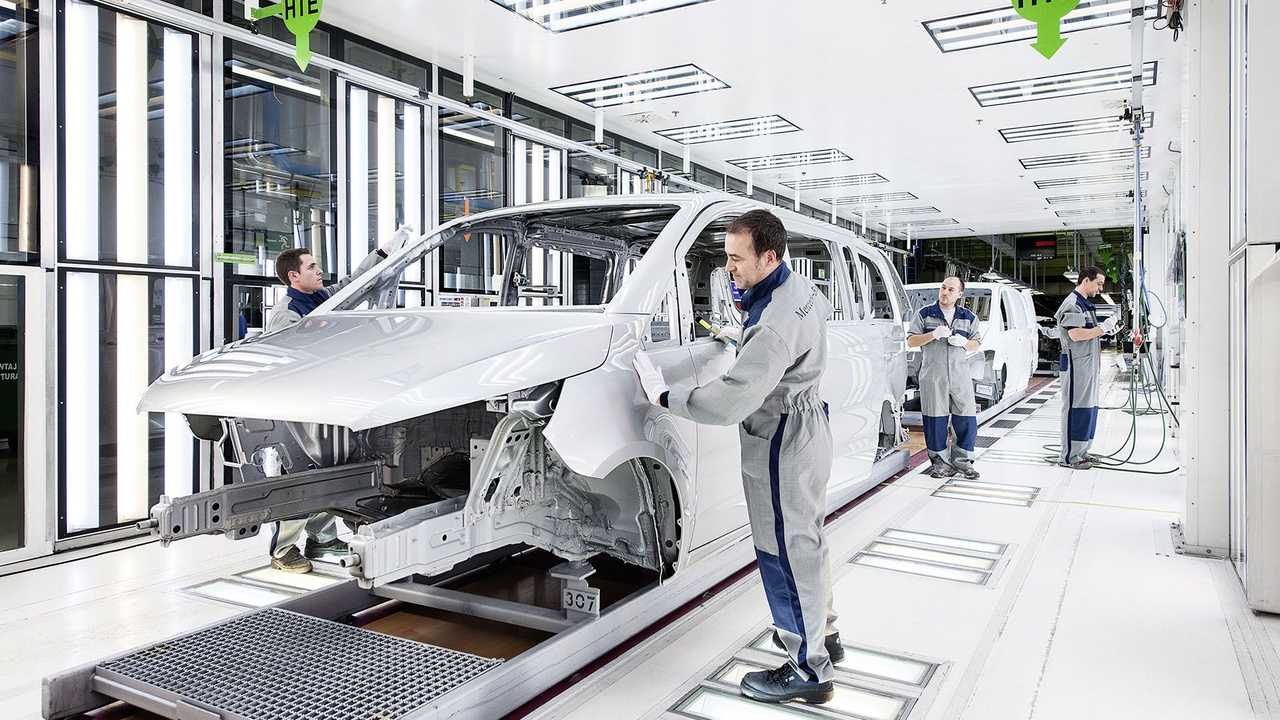
Errors made in the manufacture of these parts cannot be eliminated.
afterwards. So in Vitoria you work with fractional precision
millimeter. In addition, each body has up to 7.500 welding points... To ensure this exceptional precision, there are more robots than people in the cutting and welding phase of the bodywork components, and the automation reaches 96%.
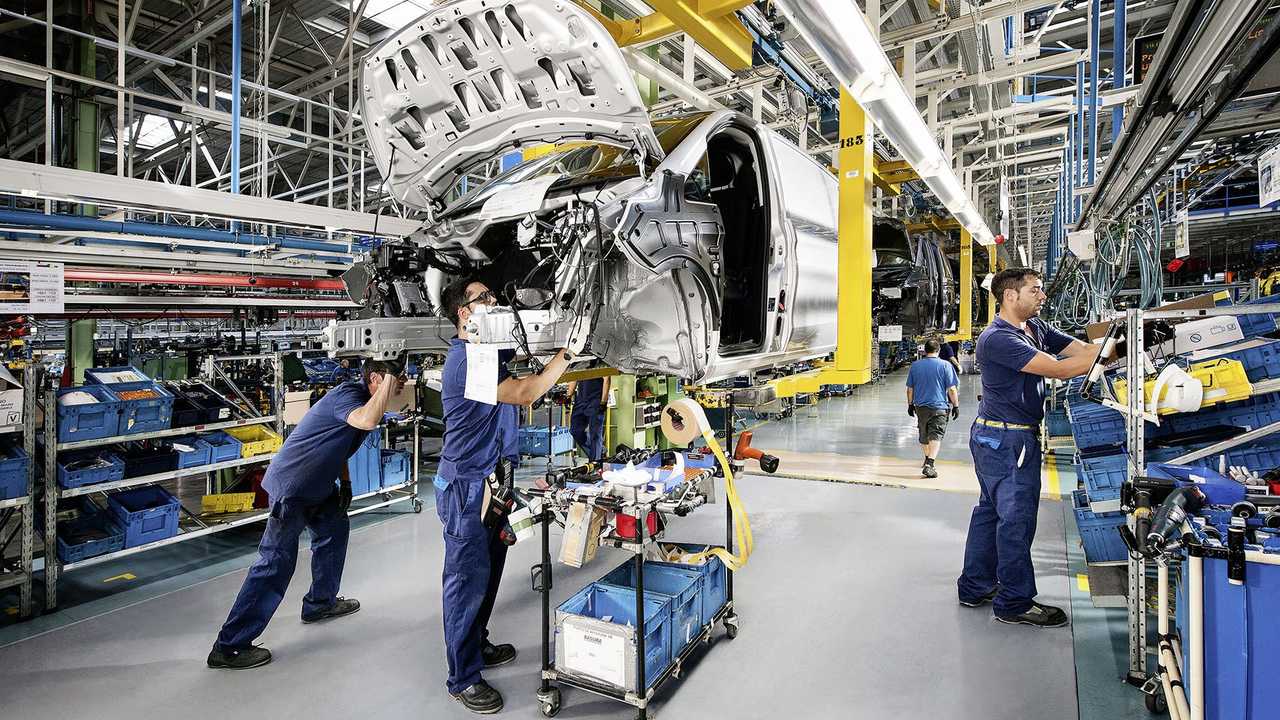
Verification checks
Despite this, on nine production lines, each body meets about 400
control points, where it is checked with a special 3D machine during welding
are constantly checked with ultrasound. There are also random visual and manual checks, and five repair shops a day are thoroughly checked. Intensive testing: every new van goes through a lengthy test drive.

